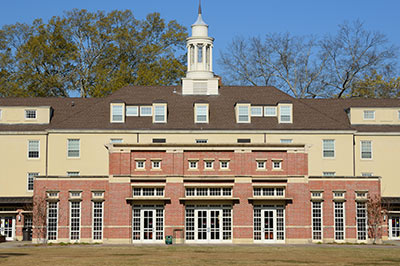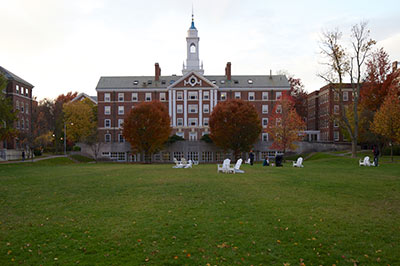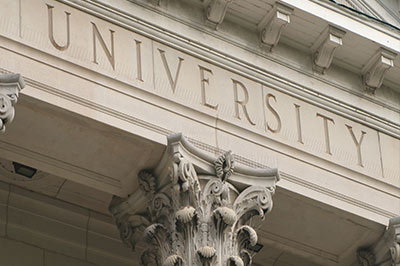The Higher Education Center for Alcohol and Other Drug Abuse and Violence Prevention Funded by the U.S. Department of Education
Institutions of higher education (IHEs) are often regarded as sanctuaries, protected environments where young people explore great ideas in a collegial atmosphere and make lifelong friendships. Consequently, incidents of violence on campus are particularly shocking for the extended campus community, evoking questions about whether there is any safe haven. An abundance of evidence indicates that in fact campuses are not immune from such incidents. There are many types of campus violence—including rape, assault, fighting, hazing, dating violence, sexual harassment, hate and bias-related violence, stalking, rioting, disorderly conduct, property crime, and even self-harm and suicide. While grappling with these complex problems is challenging, lessons learned from community-based prevention research point to a set of best practices to guide the development, implementation, and evaluation of interventions to improve campus health and safety.
View Report










